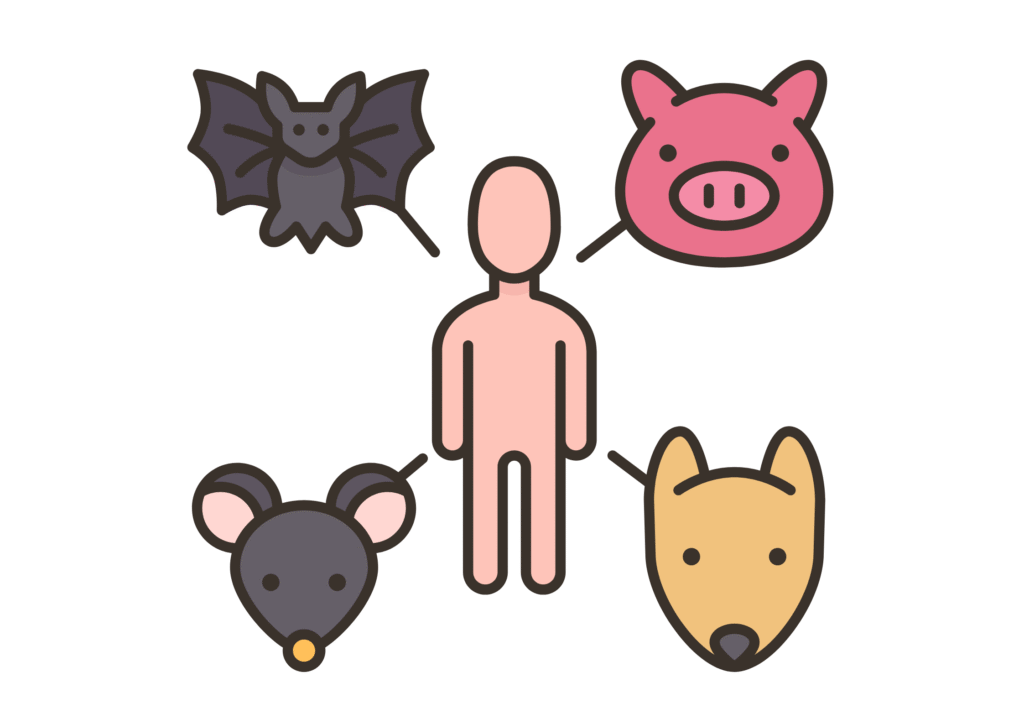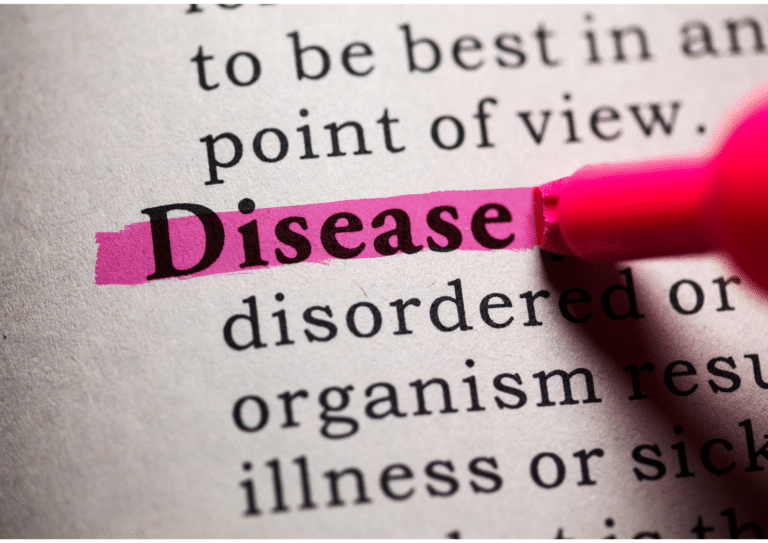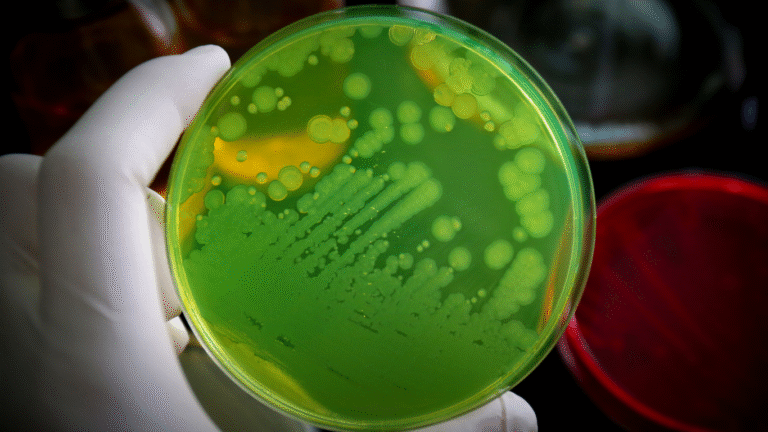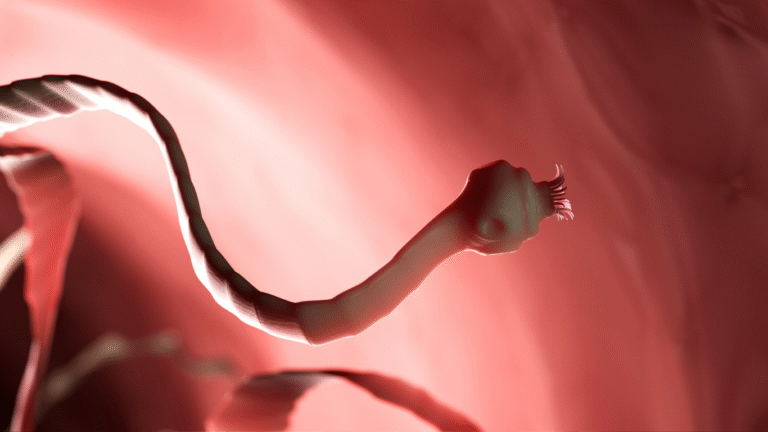
Are you worried about the next pandemic? Do you fear that a simple wildlife encounter could spark a new global crisis? You are not alone. Many of us wonder how diseases jump from animals to humans and whether we are truly prepared.
This article will help you understand how zoonotic diseases begin, why they spread, and what we can do about them. It is important to know that many of these infections can be prevented.
Why This Topic Matters So Much
Zoonotic diseases are illnesses that cross from animals to humans. They make up about 60% of all known human infectious diseases. In fact, 75% of new and emerging diseases come from animals. From rabies to COVID-19, these infections remind us that human health is deeply connected to the health of animals and the environment.
Understanding this connection is crucial. By learning how these diseases move from one species to another, we can better prepare for and even prevent future pandemics.
The Opposing View: We Have Always Lived With Animals
Some people believe that zoonoses are just a natural part of life. After all, humans and animals have lived together for thousands of years. Farming, hunting, and living alongside wildlife are all parts of human history. As some might argue, “Animals have always been part of human life. We have survived despite it.”
While this is true, our world has changed greatly. Global travel, habitat loss, factory farming, and climate shifts now increase the risk of disease jumping from animals to people. These new factors have made the old ways of living much more dangerous.
Why Spillover Happens: A Simple Guide
For a disease to move from an animal to a human, certain conditions must be met. Here are the main ways this “spillover” happens:
- Close Contact or Wildlife Exposure. Pathogens jump when humans touch or eat animals. This includes both wild and domestic animals. A direct touch, such as a bite or scratch, can transmit diseases like rabies. Indirect contact, like drinking contaminated water or eating unsafe food, can spread bacteria such as Campylobacter.
- Animal Reservoirs and Vectors. Many diseases are carried and stored by animals. For example, bats can carry henipaviruses without getting sick themselves. These viruses can have a mortality rate of 40-80% in humans. Similarly, ticks and mosquitoes can act as vectors. They carry pathogens from animals and then pass them to humans through a bite.
- Environmental and Farming Changes. Fast-growing cities and large-scale livestock farming bring humans into closer contact with animal hosts. In addition, the overuse of antibiotics in animals and a lack of vaccines create new threats. For instance, avian flu has adapted to infect cows. There are also rising cases of Q fever among farm workers.
In some ways, nature is like the ultimate party host. In this scenario, zoonotic pathogens are the uninvited guests. They are sometimes charming, often deadly, and always overstay their welcome.
How Zoonotic Diseases Spread Among Humans
Once a disease jumps from an animal to a person, it can then spread from human to human. This is most likely to happen if the pathogen mutates, if people live in crowded areas, or if there is a lot of global travel.
The mpox virus is a prime example. It was first found in monkeys but is now mutating. It is adapting to spread from human to human in parts of Central and West Africa. In a similar way, avian influenza strains have moved from birds to cows and may now pose a risk to people. This raises serious concerns about a new pandemic.
Why It Is Hard to Predict What Is Next
Not every spillover event turns into a pandemic. It is very difficult to know which animal pathogens will successfully infect humans. A lot depends on a mix of genetics, behavior, and the environment. Sometimes, it is simply a matter of chance.
According to the WHO, this unpredictability makes early detection and a quick response very important. Our ability to find threats before they grow out of control is our best defense.
The One Health Approach: Working Together
Our best tool for fighting zoonotic diseases is a concept called “One Health.” This approach brings together experts in animal, human, and environmental health. Together, they can detect and prevent zoonoses more effectively.
Programs that use a “One Health” strategy collect data from many different areas. They look at wildlife, veterinary health, human health, and ecology to find threats early.
So, What Can You Do?
This is not about living in fear. It is about being smart and aware. Here are some simple steps you can take:
- Respect wildlife zones. Avoid direct contact with wild animals or animals in live markets.
- Practice food safety. Cook meat thoroughly and avoid drinking unpasteurized milk.
- Wash your hands. Always wash your hands after being around animals, farms, or petting zoos.
- Support disease monitoring. Support programs that help watch for new diseases in animals and people.
Conclusion: We Are All Connected
From bats in distant caves to dairy cows in the U.S., zoonotic diseases show how connected we are to the natural world. Understanding how a pathogen gets from an animal to a human and how we can stop it is not just science. It is critical for our survival.
The next time you hear about a new virus coming from wildlife, think about this: Are we detecting it too late? Can a unified approach prevent it from spreading further? In a world where a virus can travel from a bat to a human and then to every continent, awareness is not an option. It is an essential skill for us all.
Sources & Credible Studies
- WHO fact sheet on zoonoses and disease spread CDCWorld Health Organization
- BMC Veterinary Research editorial on risks and mitigation strategies BioMed Central
- FT article on rising risk factors: habitat loss, climate, farming ft.comwoah.org
- Research on soil-transmitted helminth modeling and One Health dynamics arxiv.org




